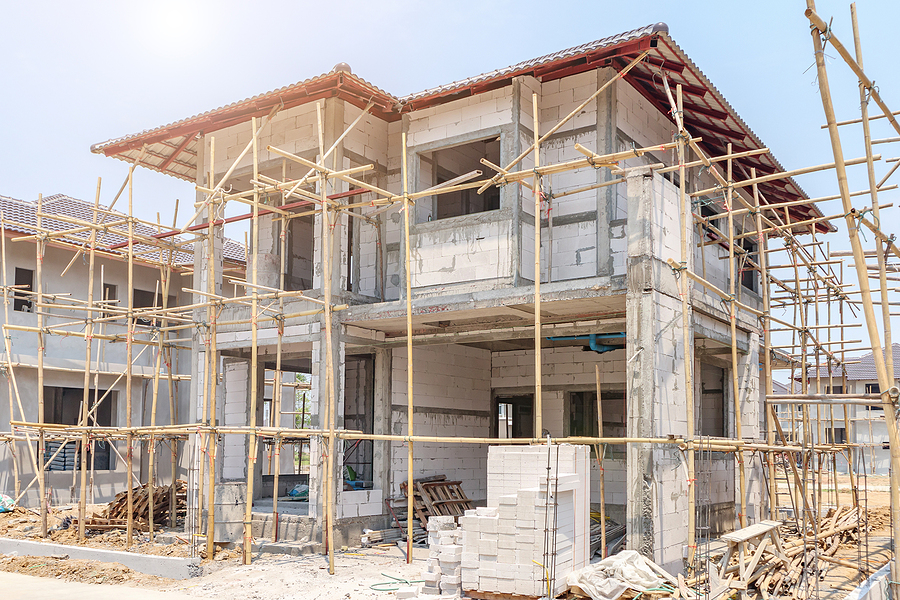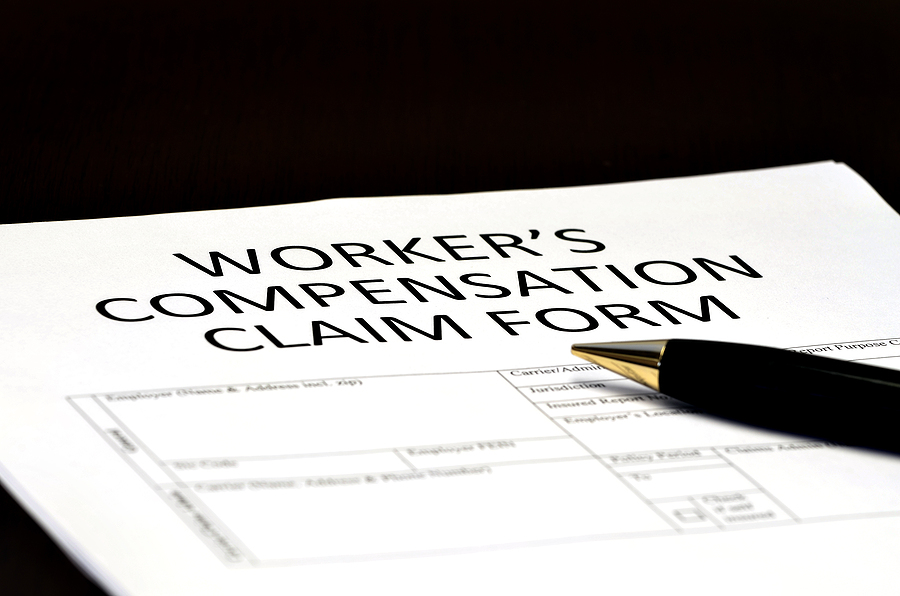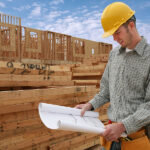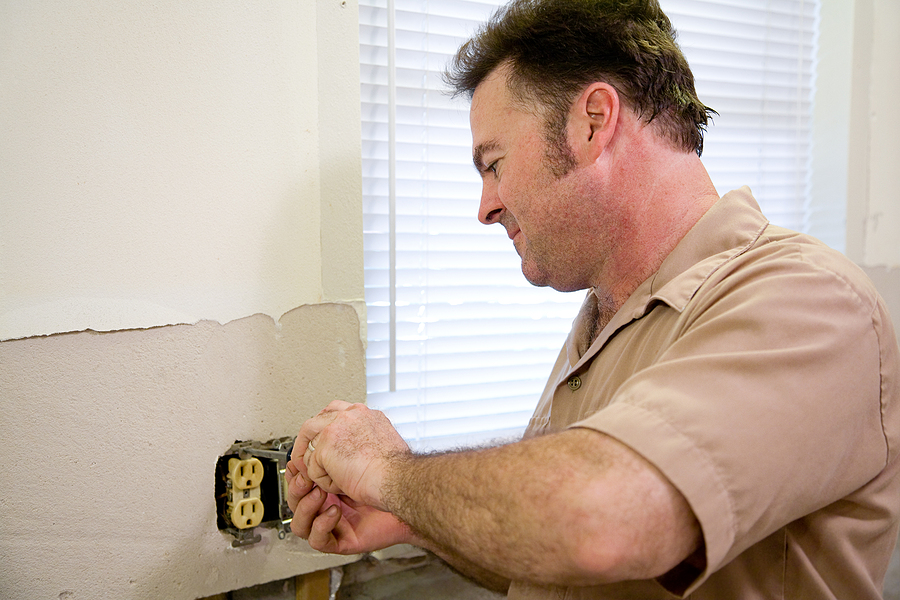Lighting is one of the most important safety installations on a construction job-site. Without proper lighting, workers won’t be able to see where they’re going or properly identify hazards.
But what is it that makes lighting so valuable for preventing injuries? And what’s the best approach to lighting a construction job-site?
The Value of Good Lighting
It’s hard to overstate the importance of good lighting. These are just some of the ways that sufficient lighting can improve the safety of your job-site:
- Hazard identification.When the area is properly illuminated, workers will be able to clearly identify, and hopefully avoid, potential hazards. They can avoid tripping and falling, clearly see equipment in their vicinity, and notice anything out of the ordinary in the job-site. It makes soil compaction test for construction easier.
- Navigation. Workers will have a much easier time navigating in their environment with proper illumination.
- Signage. Lighting also enables people to clearly read posted signage, as well as labels on various products. This way, there will be much less confusion – and fewer near misses.
- Productivity. As an added bonus, better lighting can lead to increased productivity, since workers will be able to see what they’re working on much more clearly with fewer opportunities for mistakes.
The Most Common Lighting Challenges
Lighting may seem very straightforward, but it presents a number of unique challenges.
- Poor/insufficient lighting. You need to make sure there’s enough lighting to properly illuminate the entire working area. If certain areas are dim, or if the brightness of your light isn’t sufficient for a specific task, it can compromise both safety and productivity.
- Light distribution. You’ll also need to think about light distribution. You may have incredibly bright lights available, but if you don’t have your lighting sources positioned properly, they may cast shadows, create dark areas, or otherwise light the area inconsistently.
- Glare. In some job-sites, glare is also a problem. If a light is exceptionally bright, or pointed at a reflective material, it can cause glare, which can interfere with a worker’s vision.
- Flicker. Certain types of light are also susceptible to flickering. This unpredictable pattern of dimness and brightness can cause eye strain and make it more difficult for workers to focus on the task at hand.
Light Brightness
OSHA provides standards for minimum illumination, based on the application (in foot-candles):
- 5 for general construction area lighting.
- 3 for general construction areas, concrete placement, excavation and waste areas, access ways, active storage areas, loading platforms, refueling, and field maintenance areas.
- 5 for indoor areas like warehouses, corridors, hallways, and exitways.
- 5 for tunnels, shafts, and underground work areas (with 10 for certain types of mining and drilling).
- 10 for general construction plants and shops, like batch plants, screening plants, mechanical and electrical equipment rooms, carpenter shops, rigging lofts, active store rooms, mess halls, and indoor toilets and workrooms.
- 30 for first aid stations, infirmaries, and offices.
Lighting Options
There are several different lighting sources that are appropriate for construction job-sites. Depending on the nature of your construction project and your safety priorities, you may end up using a combination of these:
- Light towers. Light towers are some of the most common lighting options in construction, because they’re relatively portable, capable of strong illumination, and adjustable. A standard light tower mast can be raised to as high as 30 feet. However, it’s important to position your light towers in the right direction, and avoid using them indoors if they run on diesel fuel. Additionally, you’ll need to practice safe refueling, turning off light towers before you attempt to refuel them.
- High mast lights. If you need light from a source higher than 30 feet, or if you’re interested in permanent installation, you may choose to install high mass lights in an area. These light towers typically have between 4 and 8 individual lights.
- Balloon lights. Balloon lights are so named because they’re round like a balloon. These lights come with a translucent cover that allows light to gently diffuse across a work area. They’re commonly used in nighttime road construction zones.
- LED lights. LEDs have several advantages over standard CFLs; they tend to last longer and use less energy, and they’re available in a wide variety of colors and options. They can also be mounted on equipment relatively easily, making them perfect for certain nighttime applications.
Planning and Adapting
If you want to light your job-site responsibly, it’s important to start with a plan that allows you to tackle all the major challenges of effective lighting and provide thorough illumination for your workers. However, it’s also important to avoid overcommitting to any plan; as conditions change and as you experience the dynamics of your planned lighting in a real application, you may find the need to adjust.
Image Source: BigStockPhoto.com (Licensed)
Related Categories: Work, Reviews, Safety








